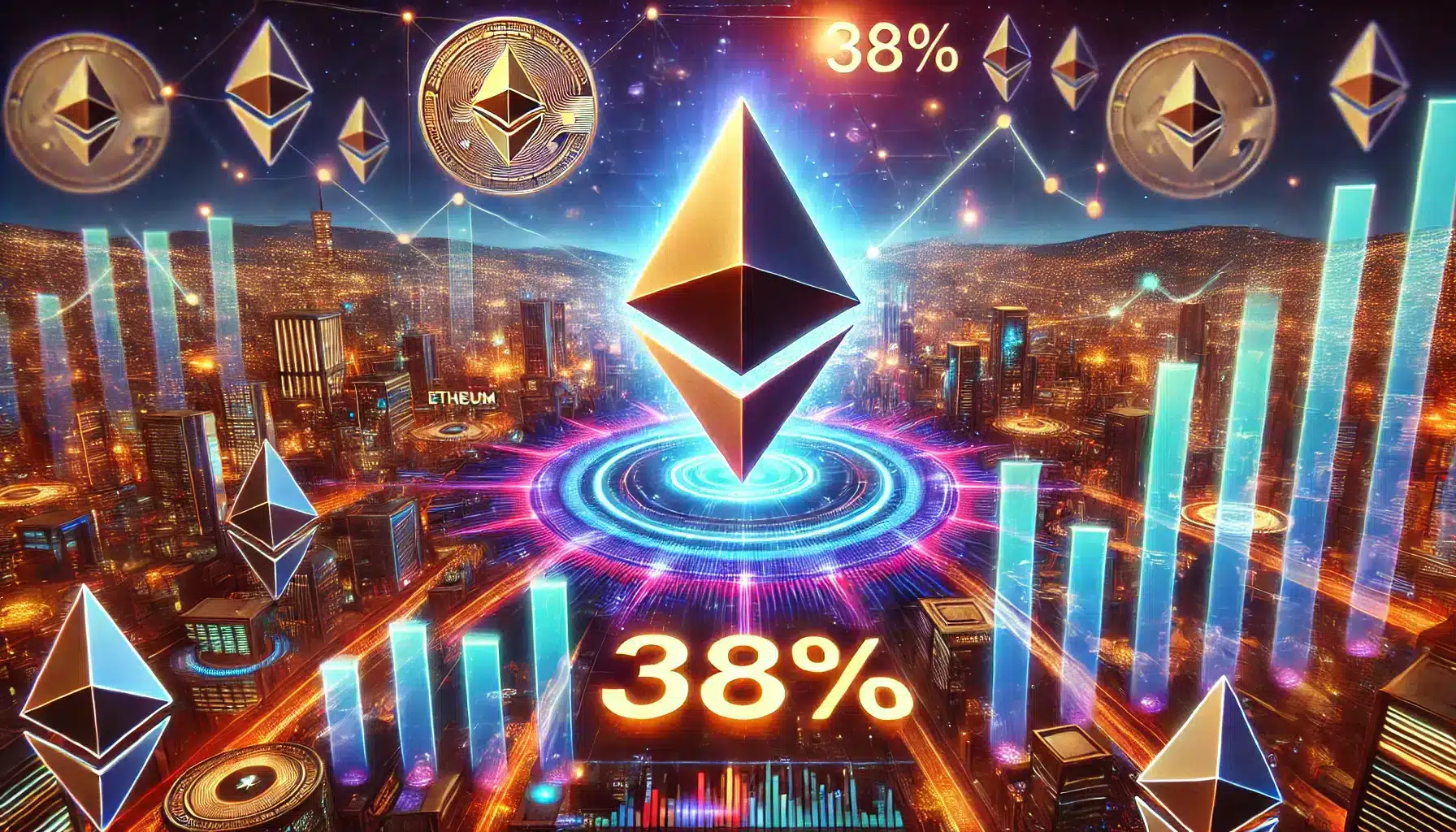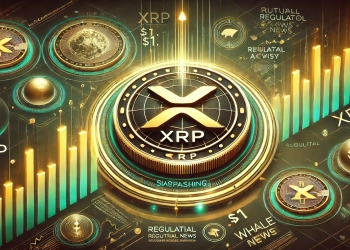Ethereum‘s thriving decentralized application ecosystem has expanded markedly over the last thirty days, with usage increasing by roughly 38 percent. In contrast, the value of Ether remains lethargic and has failed to sustain levels above $3,200 during mid-September.
This stagnation begs the question—will Ethereum regain its bullish momentum soon, especially considering its sound fundamentals relative to rival blockchains?
Ethereum Remains the Leader in DApp Activity
No other blockchain comes close to matching Ethereum’s dominance in terms of transaction volume across decentralized applications.
Over the last month, Ethereum processed approximately $149.9 billion worth of transactions compared to just $26.6 billion on BNB Chain—a massive 82 percent disparity despite BNB Chain’s considerably lower fees.

What’s more, Ethereum’s activity has amplified by nearly 38 percent, while BNB Chain saw a 6 percent contraction, reinforcing Ethereum’s primacy as the preeminent platform for robust on-chain activity.
Mitigate High Fees
Critics frequently point to Ethereum’s average fee of $7.50 as an impediment, but they neglect the burgeoning role of scaling solutions like Arbitrum, Optimism, and Base.
By leveraging Ethereum’s security and finality, these second-layer networks provide a lower-cost alternative while furthering adoption. As layer-2 adoption accelerates, Ethereum becomes increasingly enticing for both developers and end-users.
Solana’s Rising Profile
Among Ethereum’s rivals, Solana stands out for exhibiting significant momentum this month with an 83 percent increase in on-chain volume. Though its total value locked is markedly lower than Ethereum’s at $8.3 billion compared to $59.4 billion, Solana has garnered attention through decentralized exchange activity.
However, Solana’s inflation mechanics and modest staking yields after accounting for monetary expansion raise questions about its long-term viability.
Ethereum’s Staking Advantage
Ethereum’s prospects remain bright for large institutional backers, with its annual staking returns reaching as high as 3.3% and inflation staying low at a mere 0.7%. This results in an adjusted yield of 2.6%, far surpassing Solana’s net profit of 1%.
These metrics underscore Ethereum’s aptitude to entice long-term capital and sustain its dominance in total value secured.

The Scalability Debate Rages On
While second-layer solutions like rollups provide immediate help, some argue these are inadequate for sustainable growth.
Ethereum’s developers acknowledge this and aim for Ethereum 3.0 to introduce sharding and leverage zero-knowledge virtual machines to boost throughput and potentially lessen reliance on rollups. Nevertheless, these changes may take years to fully materialize, leaving Ethereum’s scalability issues unsolved in the near future.
Strength, Competition, and What Lies Ahead
In spite of stagnant prices, on-chain activity and prominent position indicate solid foundations for prospective growth. Leadership in decentralized applications, transaction fees, and staking returns makes it many developers’, institutions’, and regular users’ top selection.
However, challenges from Solana and rising platforms underscore the necessity for Ethereum to deliver on its roadmap, particularly scaling advances.
While Ethereum shows promise to outperform other cryptocurrencies, accomplishing technical and community enhancements timely will decide if this results in a reinvigorated price surge for ETH. The market watches anxiously to see if Ethereum can walk the walk.
Stay connected with TurkishNY Radio by following us on Twitter and LinkedIn, and join our Telegram channel for more news.









